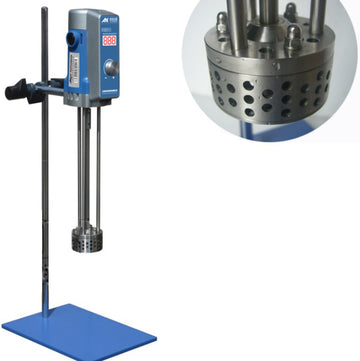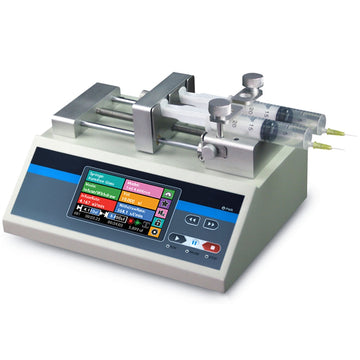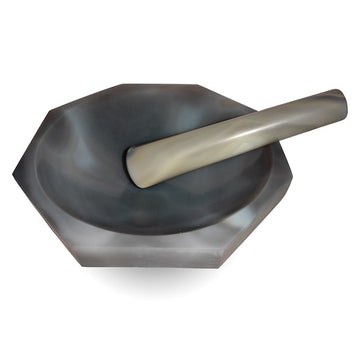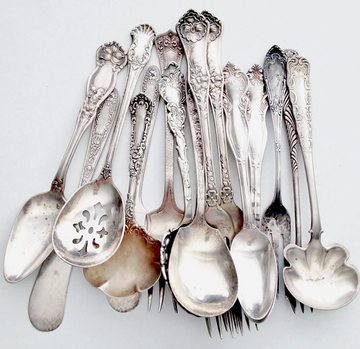Cleaning recommendations and cleaning concentrates for ultrasonic cleaners
by Christoph Schumacher on Mar 04, 2023
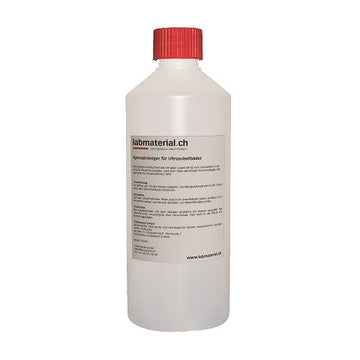
Heavily soiled, sticky, and oily objects are often difficult to clean. The use of ultrasonic cleaners can be the key to a deep and efficient cleaning.
Thanks to years of personal experience and countless customer contacts from various application areas, we can provide useful tips and tricks for working with ultrasonic cleaners.
The most effective cleaning results with ultrasonic cleaners are usually achieved between 40-60°C. Higher temperatures than 60°C are only recommended to a limited extent, as the cleaning effect then decreases significantly. Ultrasonic cleaners work on the principle of so-called cavitation, which is caused by the ultrasonic vibrations. Cavitation occurs when the liquid, mainly on the surface of the parts to be cleaned, is briefly torn apart. The resulting, microscopic cavitation bubbles then contract extremely quickly, creating a very intense local cleaning effect. This process occurs many thousands of times per second in an ultrasonic cleaner. The bath is heated both by the ultrasonic vibrations and by the additional heating function. Due to the volume of the bath, it may take a little longer to reach the temperature. However, for safety reasons, the heating function is not at the level of a stove plate.
It is important to know that fresh water initially has a large amount of gases dissolved in it, which can impair the cleaning effect of the ultrasonic waves in the first few minutes. When the cleaner is not in use, gases can also dissolve in the water over time. This is a natural process. Over time, the effect of ultrasonic waves drives out these gases, significantly increasing the efficiency of the cleaner. Our devices have a separate degassing function. The degassing function uses short intervals of ultrasonic waves to accelerate the degassing of the water. You can use this function to drive out the gases from the water faster. Afterwards, it is recommended to switch to continuous ultrasonic waves (after about 10-15 minutes).
Even with the high effectiveness of ultrasonic cleaners, heavily and stubbornly soiled parts may take longer to clean until the cleaning reaches small corners and crevices. The ultrasonic power per unit volume of the bath is not lower in smaller devices.
For cleaning in ultrasonic cleaners, it is highly recommended to use soap. Concentrations between 0.5-2% are appropriate. Our special cleaning concentrates allow for even higher cleaning performance. For very strong contamination, concentrations of up to 10% can be used. It is advisable to adjust the concentration gradually, also with regard to the consumption of cleaning agents.
As not all types of contamination are the same, we offer a range of different cleaning concentrates. These are available in 250ml or 1000ml containers.
Allzweck Reinigungskonzentrat: All-Purpose Cleaning Concentrate: Our bestseller! This concentrate enables very high cleaning efficiency and is suitable for almost all common types of contamination. Gentle on the skin and also suitable for sensitive parts. Pre-tests are recommended!

